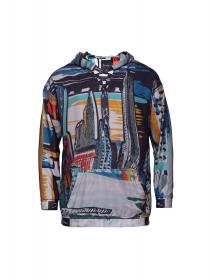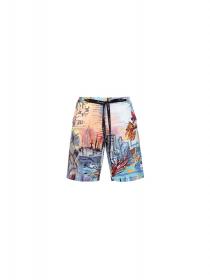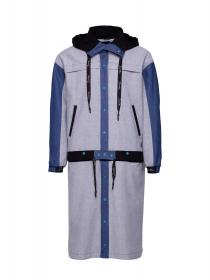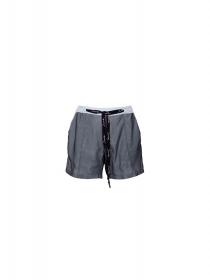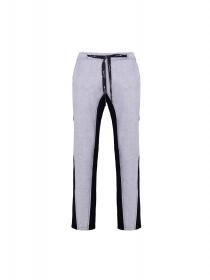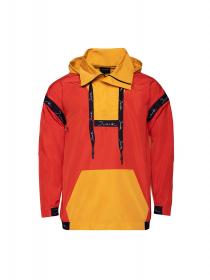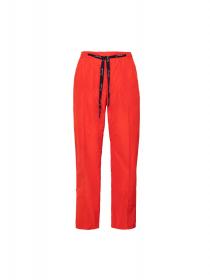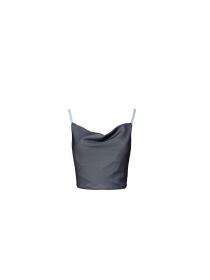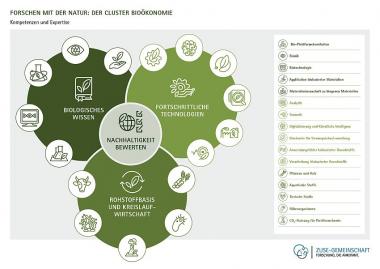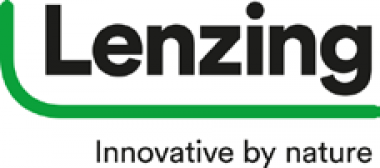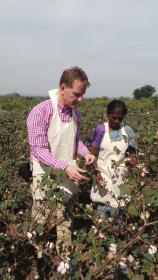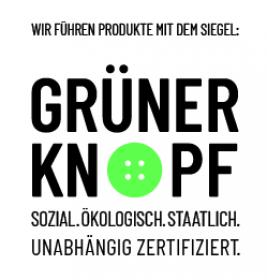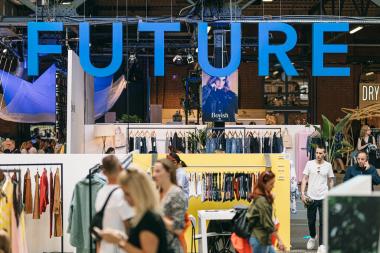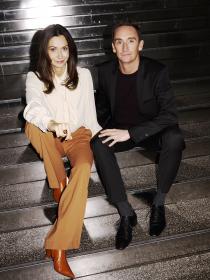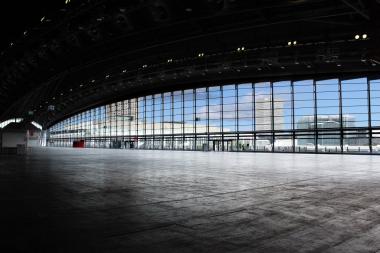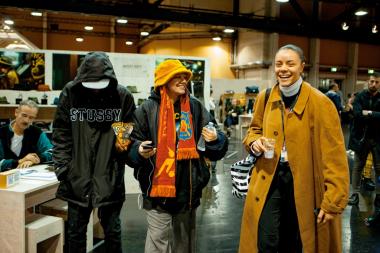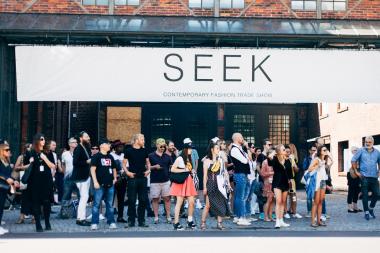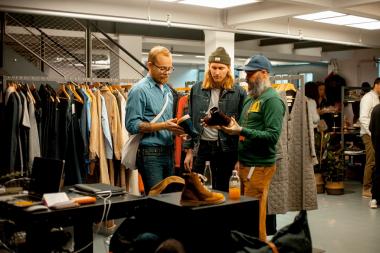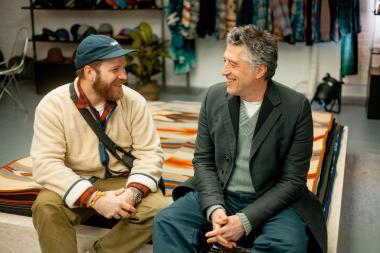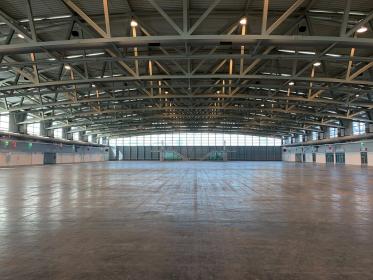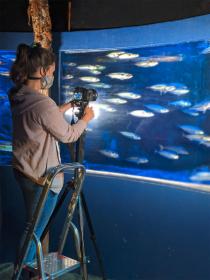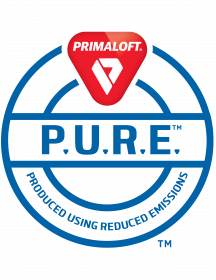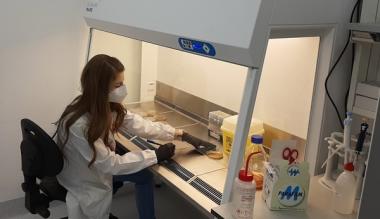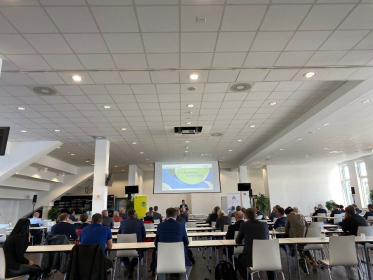Duarte - SS22 collection
- From C.L.A.S.S. ICON 2021 to Special Project at WHITE Milan, the streetstyle Portuguese brand shows urban outfits for everyday heroes fighting for the environment, with a holistic approach to sustainability
After being rewarded with the 2021 C.L.A.S.S. Icon Award, the Portuguese brand Duarte is ready to present its Spring/Summer 2022 collection developed with C.L.A.S.S. ecohub support. The streetwear designer Ana Duarte has worked in close contact with the Milanese hub in order to create a 40 pieces collection where the approach to materials, suppliers, new business models and communication could include and support a holistic view of the sustainable values aligned with style, performances, look and touch and Duarte identity.
The inspiration behind the collection is the superhero Tadao - Ana Duarte’s dog, an English Cocker Spaniel - which is the World Keeper fighting against the environmental issues mankind has generated. Like a protector of sustainability, it battles modern monsters as Smog Man, Fire Man, Deforestation Man and Wave man, who respectively represent the issues of air pollution, climate change, forest destruction and water overconsumption. A very simple, direct and engaging way of talking about hot topics and simple, direct solutions.
The collection is made of 20 outfits, mainly unisex apart from some of them typically feminine as the crop tops. Hints of bright red and mustard yellow are alternated with denim, grey and pale azure tones, blending in with the colorful prints. Accents of black - used in inserts or as piping - seem to emphasize the outline of the garments. The different textures of the materials create a sense of movement, further enhanced by the unique patterns. All the garments’ prints are exclusively designed by the designer, following each collection inspiration: this time, they recall urban landscapes and the appeal of big metropolis, with Tadao as protagonist in prints, patches and ankle socks.
Among the most representative Duarte outfits we find:
- A matching sweater with trousers made of Newlife™, a yarn 100% made In Italy coming only from post- consumer, traceable plastic bottles.
- A unisex oversized bomber is crafted from Newlife™, lined with precious 100% Bemberg™ by Asahi Kasei fabric by Gianni Crespi Foderami and matched with printed neoprene hoodie and shorts.
- Long-panelled unisex coat and trousers made with ReLAST® denim by Candiani, a responsible textile featuring a premium recycled stretch yarn, ROICA™ by Asahi Kasei. The coat is lined with a fabric by Gianni Crespi Foderami in 100% Bemberg™ by Asahi Kasei, a new generation material made from the smart-tech transformation of cotton linter.
- The same sustainable stretch yarn is implied in the responsible tulle by Iluna Group, and featured in a shorts and top women’s ensemble, paired with a neoprene printed bomber. The tulle is skillfully matched with 100% Tencel™ back in the loop fabric by Maeba International underneath it.
Ana Duarte is part of a new generation of designers with a new approach to sourcing and production: her research goes into different kind of business models to fit her responsible innovation and style needs at the same time. That’s why in her collection we can find amazing and unique combination of organic, recycled, Back in The Loop, innovative materials that are the right choice for the look&touch and the performance she’s looking for. The result is cool yet respecting people and the environment in full traceability thanks to certified and sometimes even circular solutions. Working with components from various sources and business models requires a certain expertise and a particular sensibility we find in Ana Duarte’s design solutions and in her responsible interpretation of streetwear.
C.L.A.S.S.


